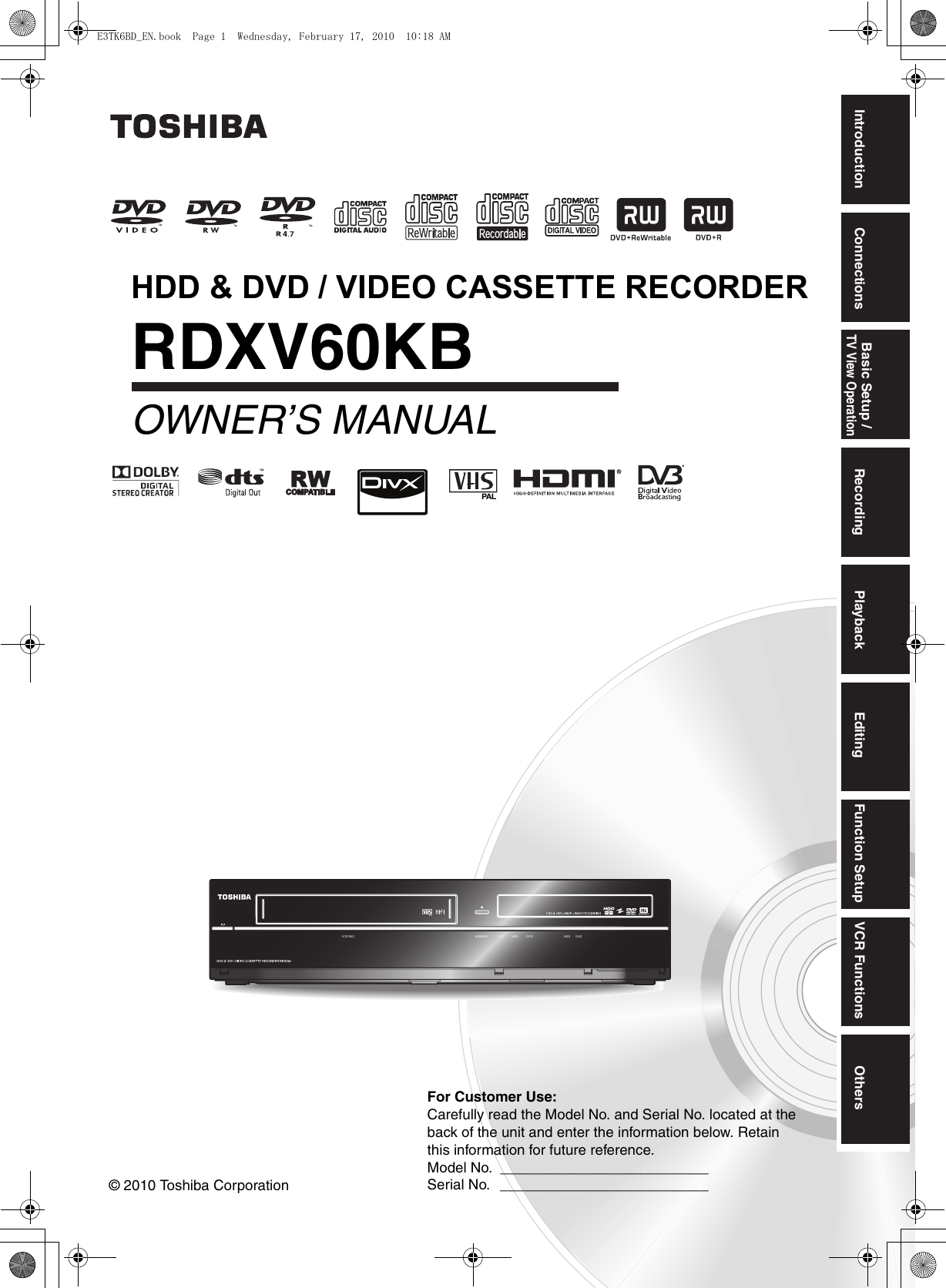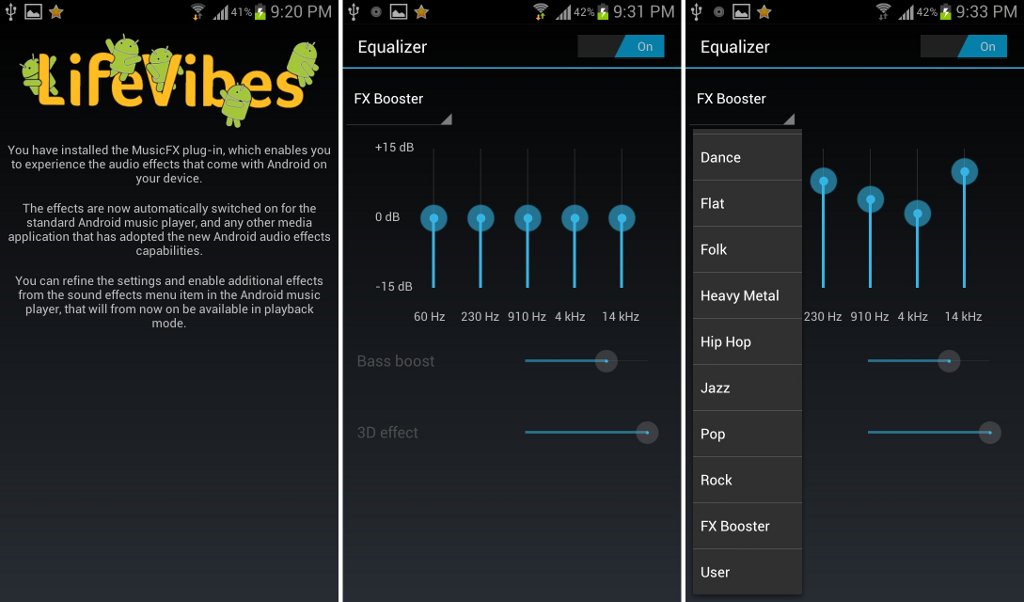Cover image via

Using the GoPro CineForm codec in After Effects; Working with other applications. Dynamic Link and After Effects; Working with After Effects and other applications; Sync Settings in After Effects; Collaborate with Team Projects; Share and manage changes with Team Project collaborators; Creative Cloud Libraries in After Effects; Plug-ins; CINEMA.
A: We updated movies in chapter 5, 10, and 12, and added a new set of exercise files to make the course compatible with the latest versions of After Effects CC (2014.1) and CINEWARE. Watch the 'Checking out the new CINEWARE features with After Effects CC 2014.1' movie for an overview of the changes. But this does not happen when in After Effects. I now have to go to After Effects Preferences, Audio Hardware, and change the Default Output Settings settings from speakers to headphones. But then if I unplug the headphones jack, the audio output does not automatically switch back to the speakers as it used to (and should). Learn about new features and enhancements in the January 2021 (version 17.6) release of After Effects. More accurate Content-Aware Fill Handle lighting shifts in footage better with improved Content-Aware Fill. If something is not moving fast enough for the default motion blur to be effective, You can increase the amount of real motion blur in the composition settings. Click on the Advanced tab.
Create a more pleasant After Effects experience with custom composition displays.


Cover image via Shutterstock.
When I first started working in Adobe After Effects, the wide array of tools in the program intimidated me. Just take a look at the composition panel, and you’ll see a number of buttons, boxes, and drop-down menus. This is normal when you’re working in such a powerful motions graphics and visual effects program. However, often when working in After Effects, you only need access to a few tools.
Let’s say, for instance, I’m working on a project that involves simply applying keyframes to one layer. Let’s also say I’m working on a small laptop that doesn’t offer me much screen space. Both of these reasons incentivize me to customize the display options of my composition.
In this video tutorial, I’m going to show you how I can quickly configurethe composition panel in Adobe After Effects to only display tools related to my needs. Specifically, I’m going to customizemy comp panel for a keyframing workflow. This will help me cut through the clutter of tools and give me extra screen real estate for a smooth keyframing experience. Let’s get started.
Columns
After Effects Settings For Low End Pc
As I stated before, if you’re new to After Effects, all the buttons and options in the composition panel can be quite confusing. The panel itself consists of a number of columns, all providing some nifty tool to assist you in your motion graphics workflow. Just the switchescolumn alone has a lot going on, including controls for motion blur, adjustment layers, effects, and 3D controls. To customize these columns, I’ll open up the panel settingsdrop-downmenu. Under the columns section, I can select or deselect thirteen different options, including the following:
- A/V Features
- Label
- #
- Layer/Source Name
- Comment
- Switches
- Modes
- Parent
- Keys
- In
- Duration
- Out
- Stretch

In addition to using the panelmenu, I can also quickly deactivate columns by control-clicking directly over the column and selecting Hide This. For this particular workflow, I’m going to hide all of the columns except for Keys and Layer Name. Once you do this, you’ll notice I have plenty of space in the composition panel to keyframe.

Special Modifications
Sound Effect Settings
The panel settings menu has numerous other display options, which will help me customize a keyframing workflow. I want to select Show Cache Indicators since I will be previewing my animation. Also, I can switch from Keyframe Icons to Keyframe Indices, which will allow me to view my keyframes as numbers in order in the composition. Finally, if I command-click over the timecode indicator, I can change the display style of my timecode to frames.
